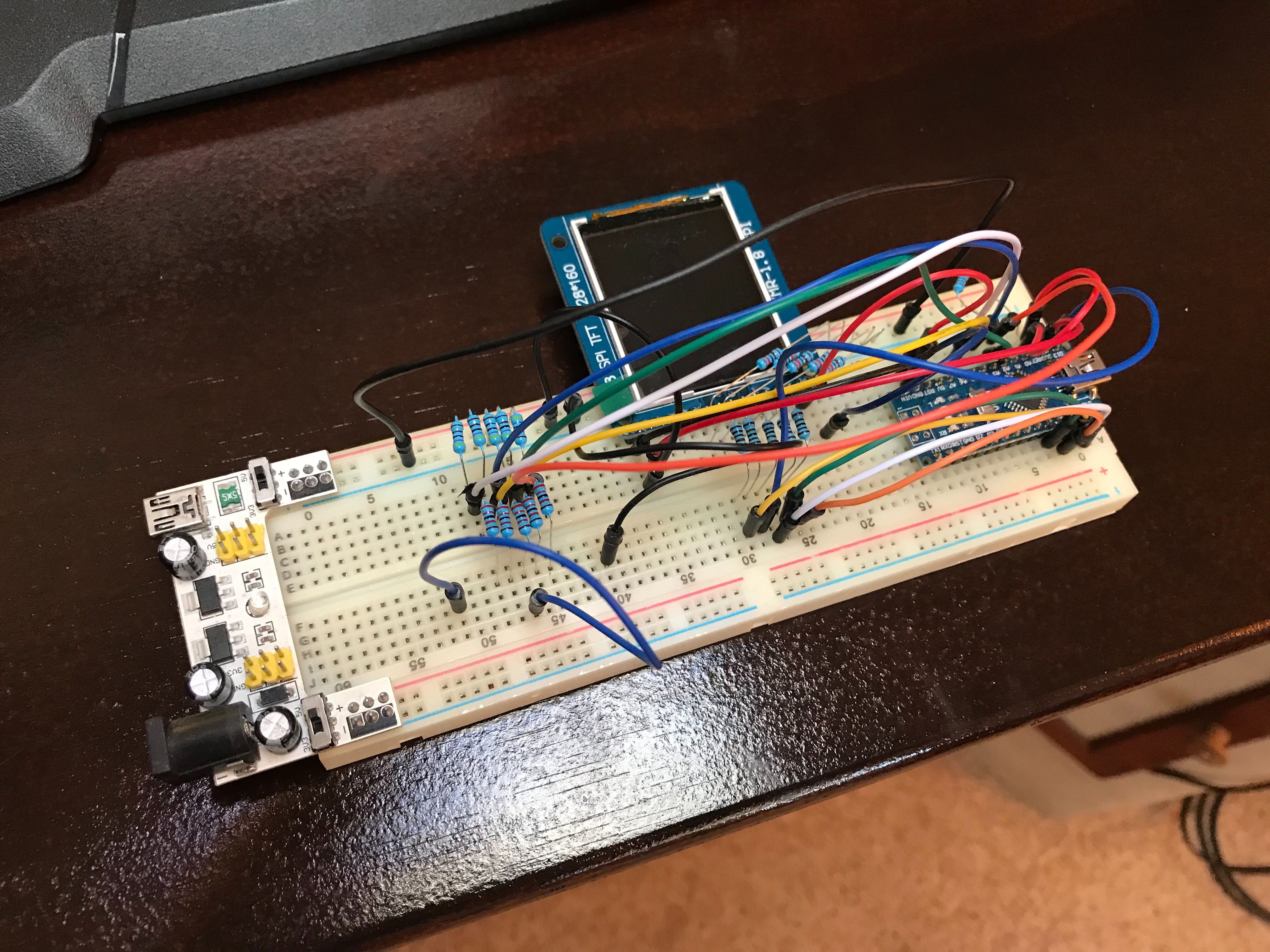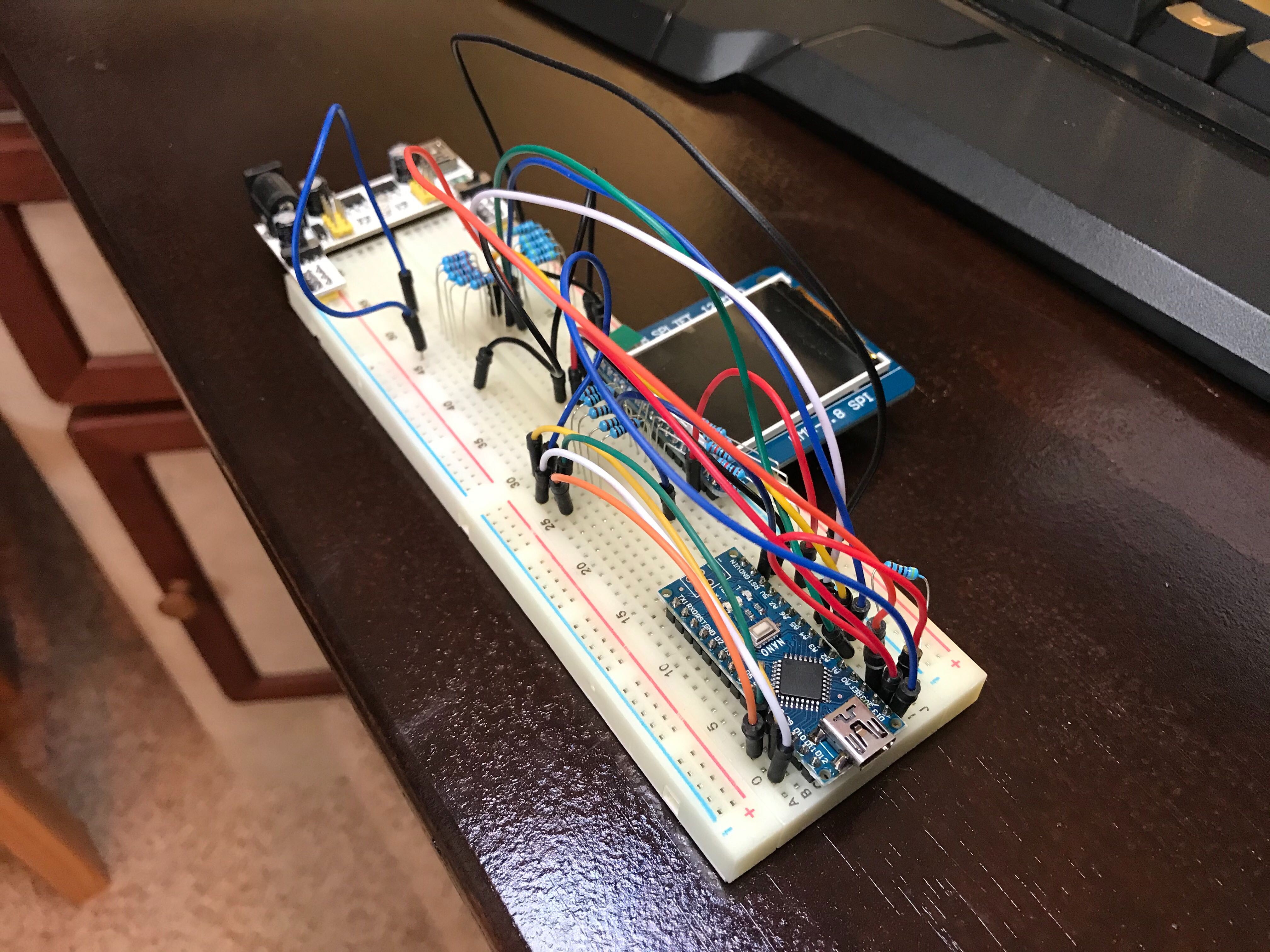I have become a big fan of bread board prototyping. In my youth, my dad always build his own breadboards so I knew was creating boards with a bunch of wires was good for. However, he used solder shoes and pins for his boards which meant soldering every single part regardless, even though non-permanently.
Nowadays, I use what everyone else uses which are these white, cheap breadboards you plug your wires in directly.
I have one board that I constantly reuse and extend if necessary. This board has a 1.8" TFT screen attached which is great for displaying things in realtime instead of sending the data to a PC. Faster and easier. Plus, it only needs four pins for SPI.

This is basically, the entire battery monitor. A bunch of wires and resistors. The protection circuitry is within the AVR. That's FAR from ideal and I do not recommend this to anyone. However, for my project this is good enough and easy.

Hidden in here is an Arduino Nano clone that I program directly using the Arduino IDE.
This version of the breadboard does not have a wireless communication connection to anything. However, I want this system to communicate with other devices on my boat so I planned for an NRF24L01 to be added to the PCB board.
 Timo Birnschein
Timo Birnschein
Discussions
Become a Hackaday.io Member
Create an account to leave a comment. Already have an account? Log In.